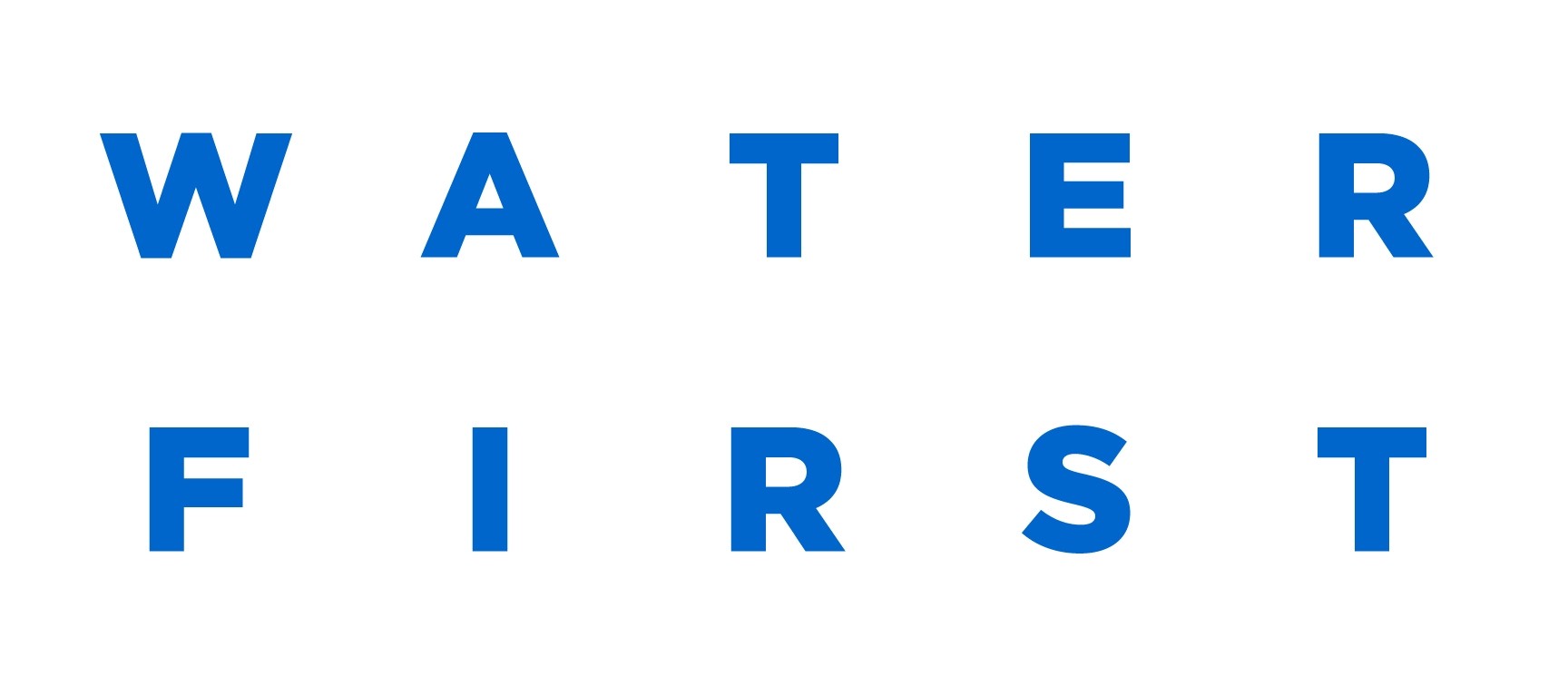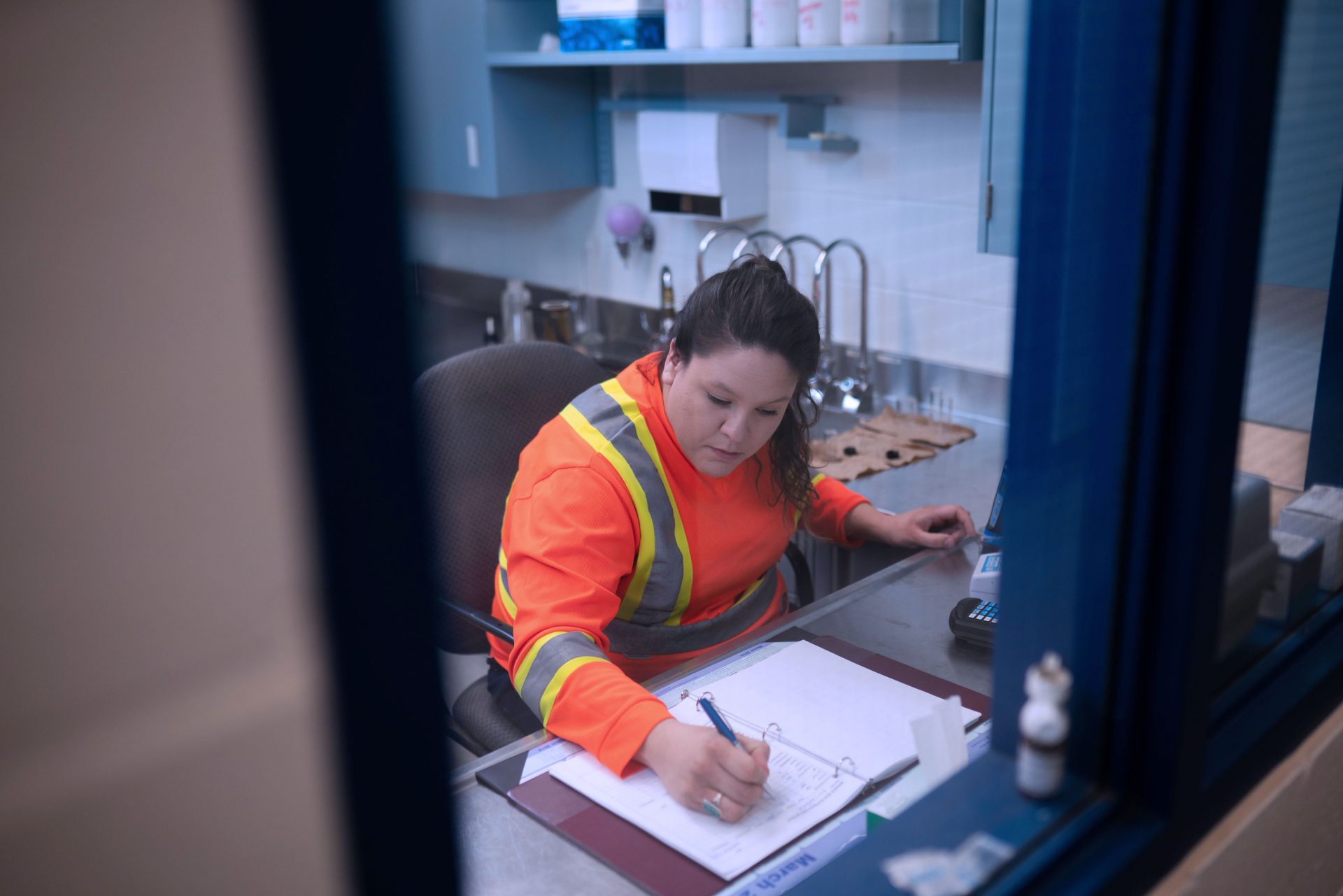Summer Learning: Keeping Students Engaged and Connected With Their Education
Indigenous Schools Water Program | Fall 2023
My name is Caleb Girard, and this past summer I worked with the Water First team delivering the 2023 Summer Credit Program. I’ve had some time to reflect on my experiences and I’d love to share them with you here.
It’s morning in early July, and the sun is peeking through the crack in my bedroom curtains. I throw on my Water First hoodie, tie up my shoes and step outside. The air is crisp. The day is full of promise. I am on Chimnissing (also known as Christian Island), located within Georgian Bay, ready to start my first day as an assistant in Water First’s Summer Credit Program.
Water First strives to facilitate teaching that is relevant to the community and culture the students are a part of, in hopes of inspiring the next generation to carry forward their learning and strengthen capacity in their community. By successfully completing a three- to four-week-long Summer Credit Program, students earn either a Grade 9 Geography credit or a Grade 11 Environmental Science credit towards completion of their High School Diploma.
These innovative programs, which are now in their third year of being delivered, break down the barriers of a traditional classroom environment and emphasize outdoor experiential learning and land-based teaching. Integrating learning on local lands with guidance and teachings from Elders and Knowledge Keepers, water organizations and community programs translates to buy-in from students, a love of learning, and ultimately success! This year, the Summer Credit Program led to 33 high school credits being awarded to some very hard-working students.
For one month this summer, I assisted in facilitating three overlapping Summer Credit Programs across Ontario, visiting each program for a week at a time, lending a hand to the Water First Educators, and adding my own special touch to the mix. Let’s take a look at each of the 3 programs!
1️⃣
Beausoleil First Nation
Beausoleil First Nation, on Christian Island, was the first stop on my journey and it is where I joined Adrianna, a Water First Educator. After breakfast and some introductions, the room came alive with students and community members laughing and having fun as they engaged in hands-on activities, like pumping water through interactive watershed models, highlighting the benefits wetlands and forests provide.
Later, we walked through a nearby forest, near Douglas Lake, to relate our classroom findings to the local environment. Trips to Douglas Lake became a regular and important part of the program, creating a space for community members and Knowledge Keepers to use hands-on lessons out on the land while sharing teachings and cultural connections with the students.
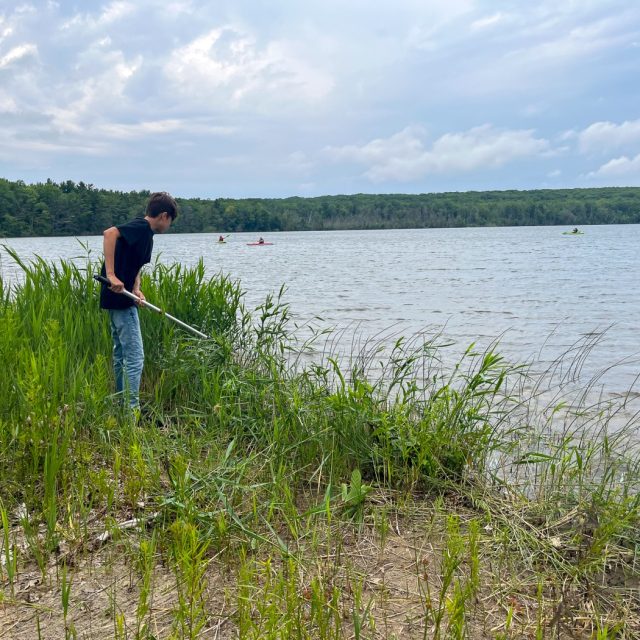
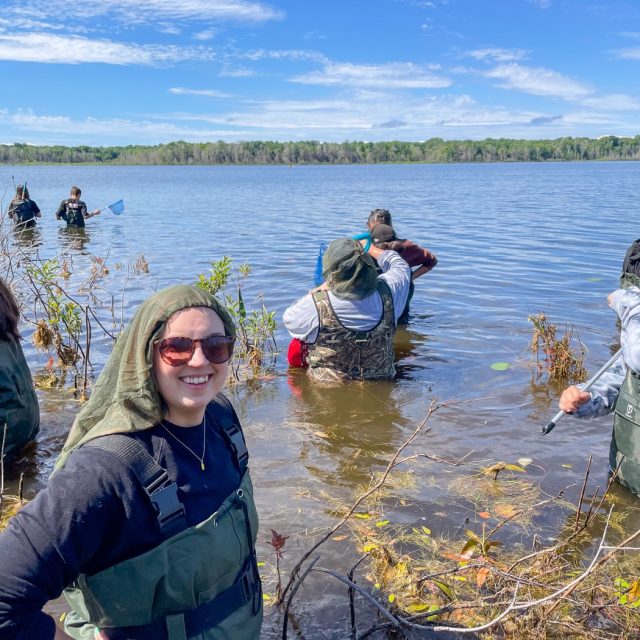
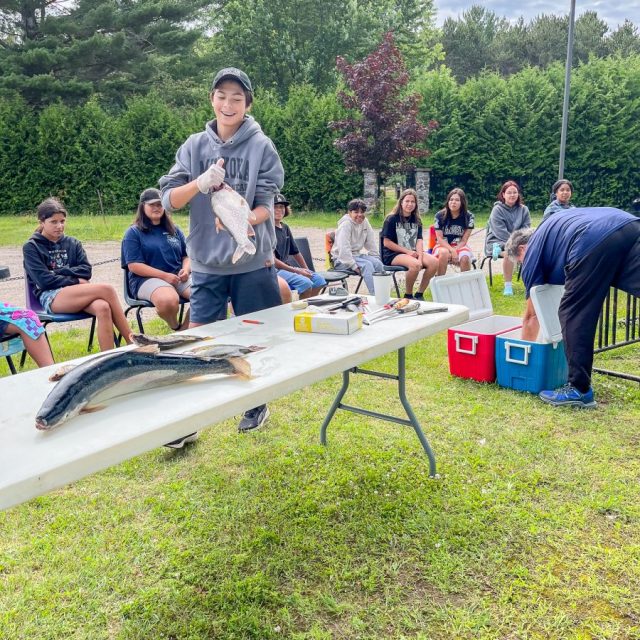
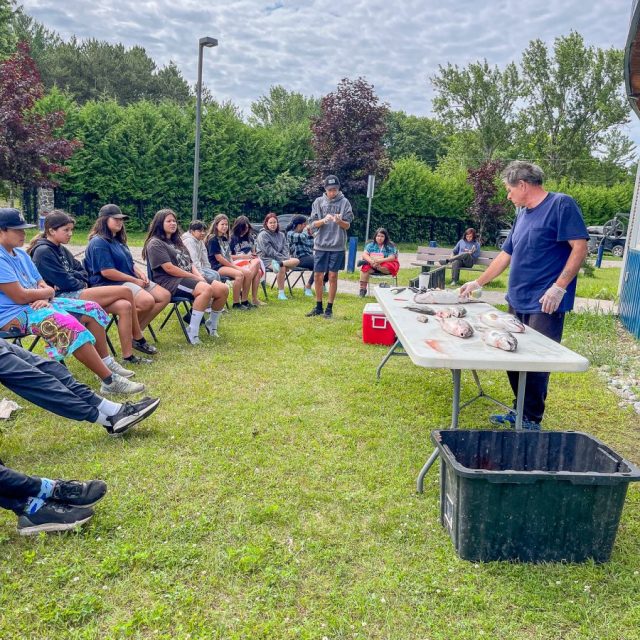
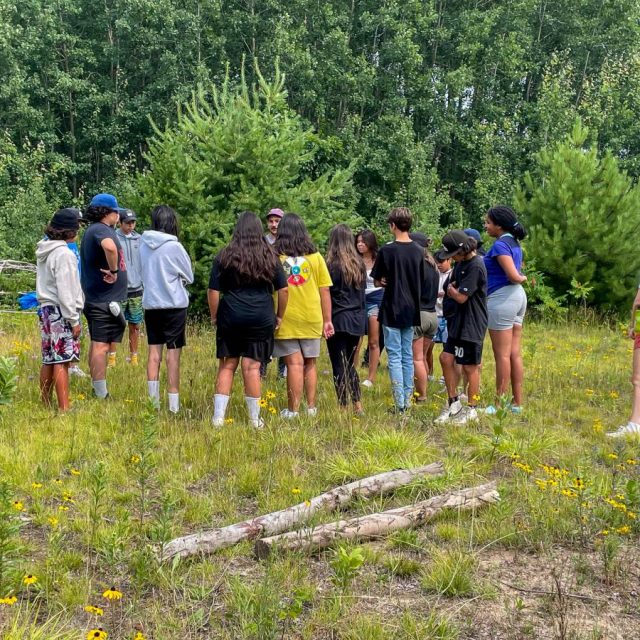
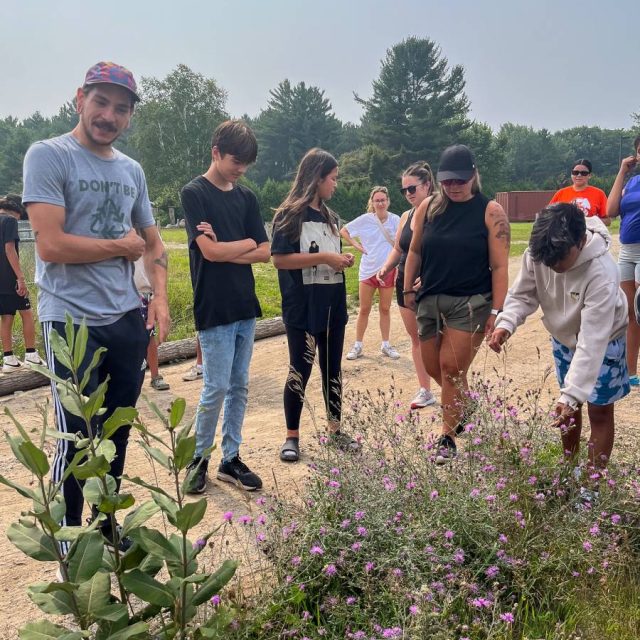
A highlight was a trip to a secluded wetland where students, either in hip waders or kayaks, explored the environment engulfing them and collected insect and vegetation samples to later analyze under a microscope. In the evenings, I would often hear students’ laughter outside my window and look out to see them swimming, playing games or riding around on their ATVs. Moments like these demonstrated the value of this land-based, outdoor experiential learning program, which allows students to learn and grow in the way they feel most comfortable.
Aiden began his journey with Water First as a student in a week-long school program back in 2019.
Since then Aiden has participated in four Water First school workshops and Water First’s Summer Credit Program. In addition to learning the ins and outs of water sampling and tackling the local phragmites problem, Aiden enjoyed the plethora of outdoor activities, like kayaking, which are integral parts to Water First Programming.
2️⃣
Saugeen First Nation & Chippewas of Nawash Unceded First Nation
Next, I travelled to Cape Croker Park on the Bruce Peninsula to support Tanya, a Water First Educator delivering a Summer Credit Program to students from Saugeen First Nation and Chippewas of Nawash Unceded First Nation.
Our home base was a campground, set up with a circle of picnic tables, two large event tents to store our supplies, and a nearby fire pit that was lit every morning and is where we gathered for a daily gratitude circle, smudge and various teachings.
My time spent with this program was eventful and fast-paced. In my four days, we visited a water treatment training centre, two water treatment plants, and the Nawash Lands and Resource Centre, and had various special speakers and a local Elder visit the park to teach the students.
I also helped the class build scaled-down versions of community water distribution systems, cooked s’mores over the fire, and wrapped it all up with supervising the students in creating a mini-documentary of their time in the program. It’s safe to say we were all worn out by the end of the week but felt a sense of accomplishment by all we had done.
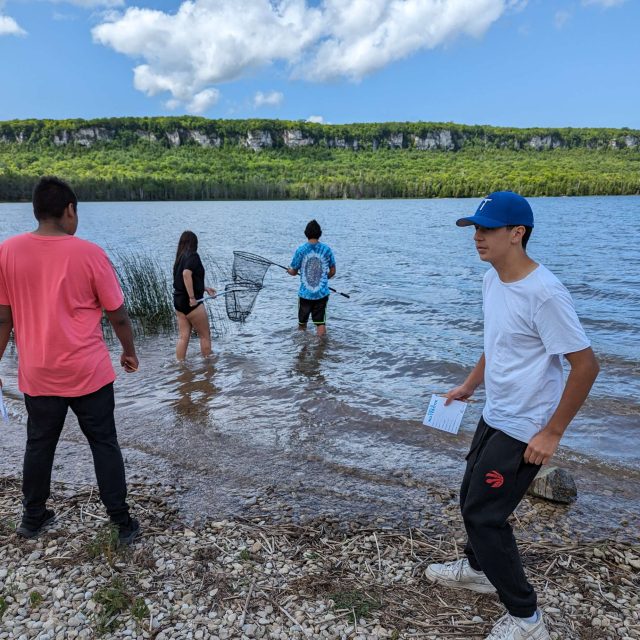
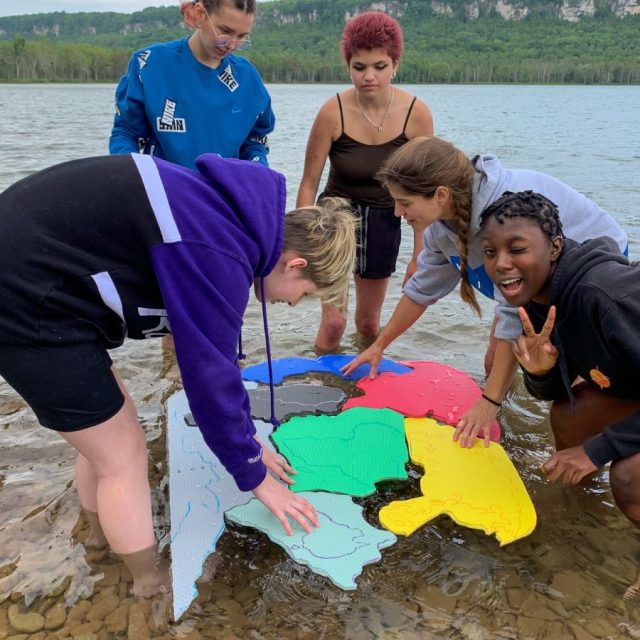
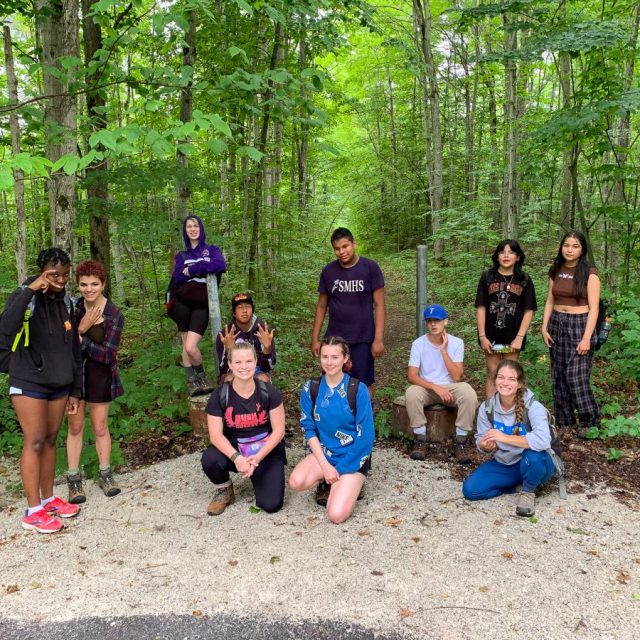
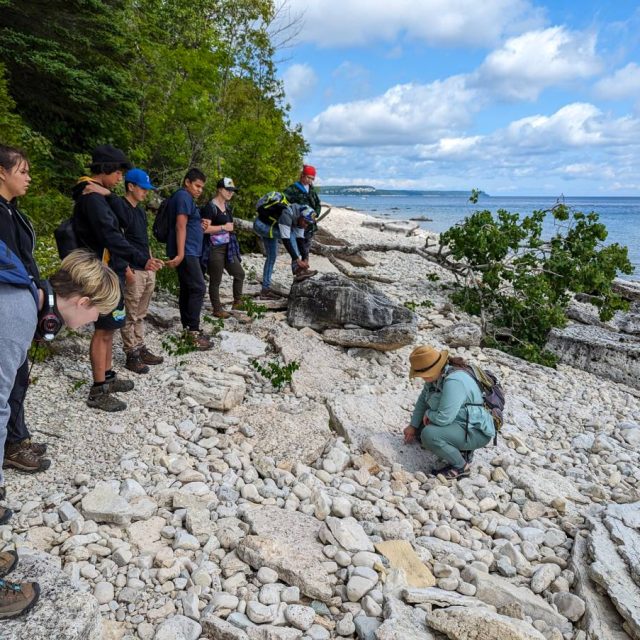
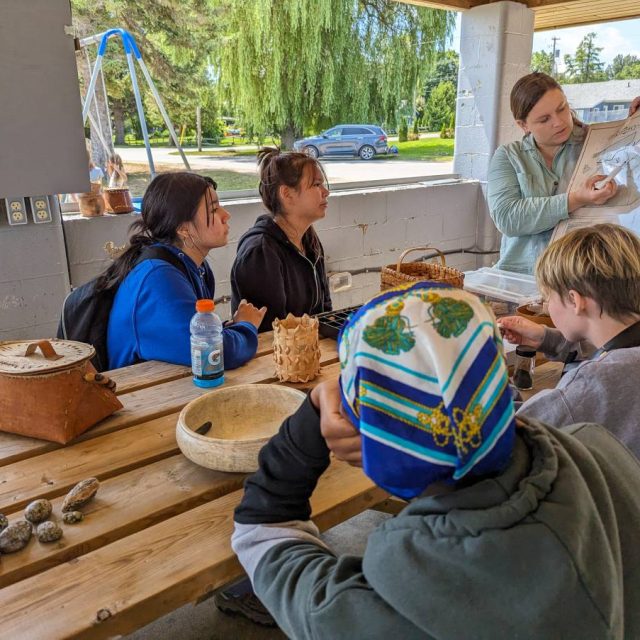
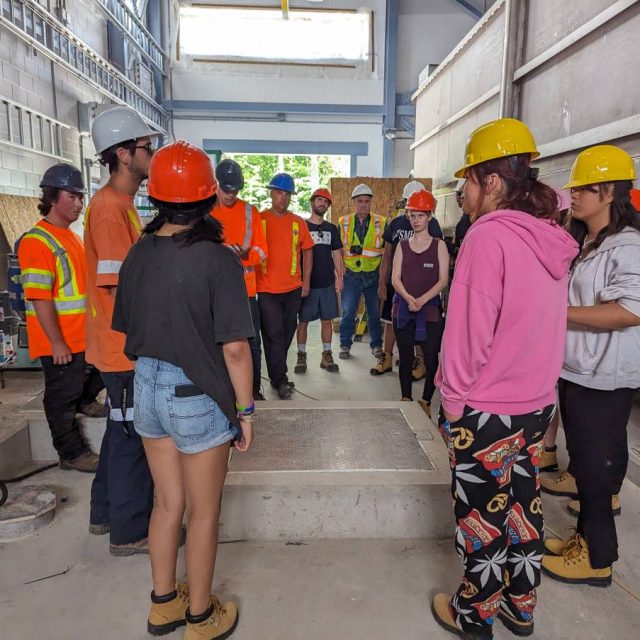
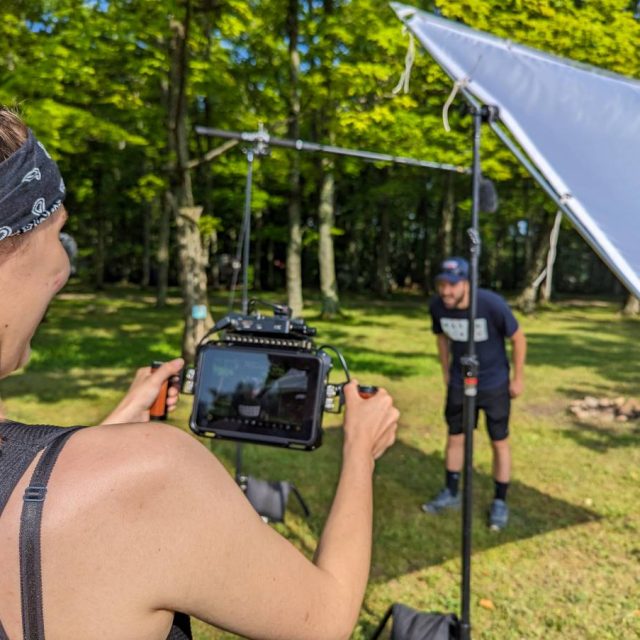
During this week, some students told me they struggle to focus when sitting at a desk all day and often get removed from their school classrooms for being too disruptive.
Yet these students were some of the most engaged and inquisitive participants in this outdoor experiential learning program.
I ended the week with a quiet realization that we were helping students, who simply may not fit into the mold of a traditional classroom, be successful and achieve their goals.
See what Tanya, Water First’s Indigenous School Engagement Coordinator, was up to with the Summer Credit Program on our TikTok page.
“Education is a journey that is best experienced with friends and achieved with purpose. These students came together as strangers with little prior practice of experiential learning. They came away from this program with newly forged friendships and the success of achieving a required high school credit.
May this be but a stepping stone toward an educational journey of land-based learning and community-strengthening careers.”
Tanya Sackaney
Indigenous School Engagement Coordinator
3️⃣
Sheshegwaning First Nation
My last stop was Sheshegwaning First Nation, nestled on Manitoulin Island. Here, with Sarah and Catherine, Water First Educators, I joined students as they put the finishing touches on their assignments.
We also explored the Ojibwe Cultural Foundation Centre where we made medicine pouches, dabbled in fish farming, and even ventured into a local food forest, created by young community members who taught us about the cultural uses of edible and medicinal plants growing in the area.
During one of these excursions a student revealed to me they had been expelled from the local high school and this program was keeping alive their chance of completing a high school diploma. This conversation gave me extra motivation to ensure every student successfully completed the program and could be proud of what they had accomplished that summer. It was a humbling reminder of the impact of this unique approach to education.
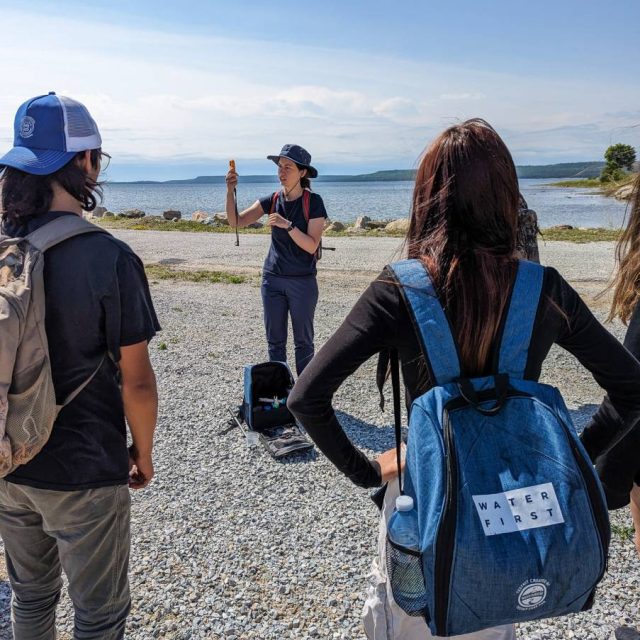
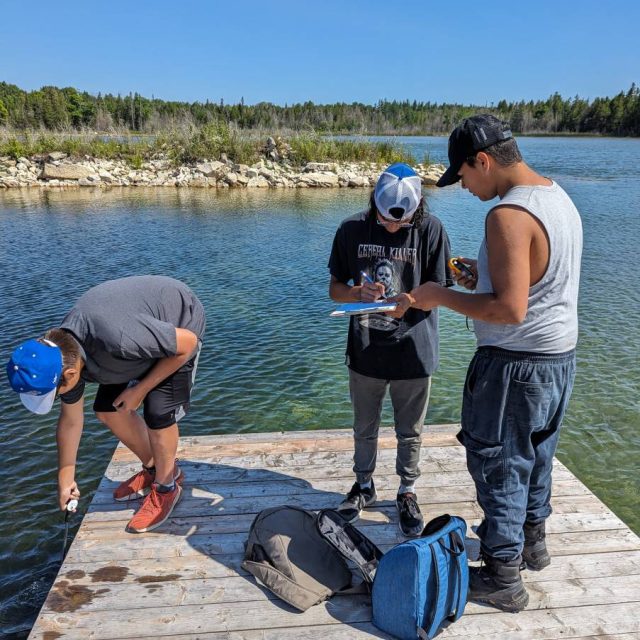
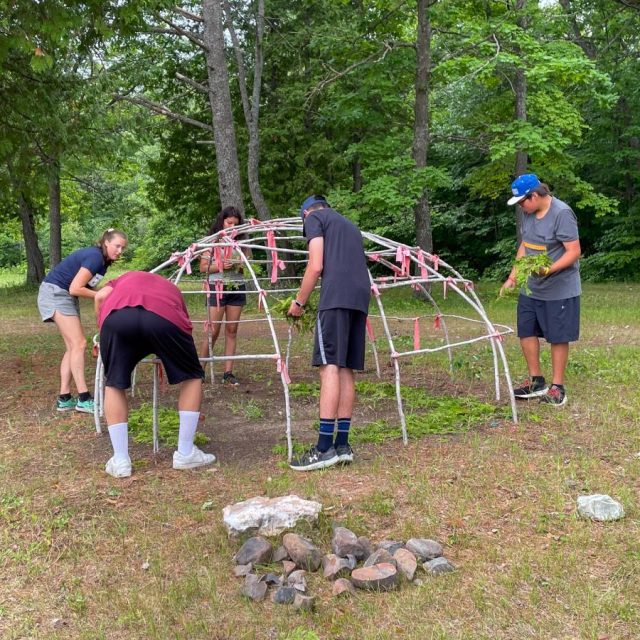
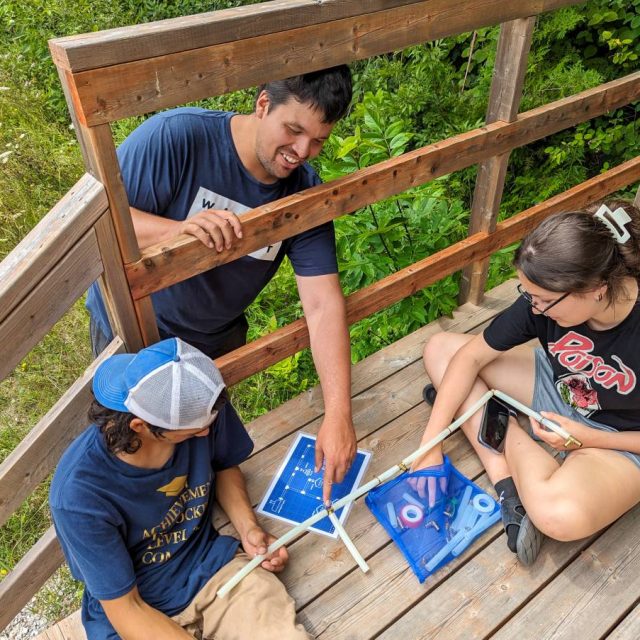
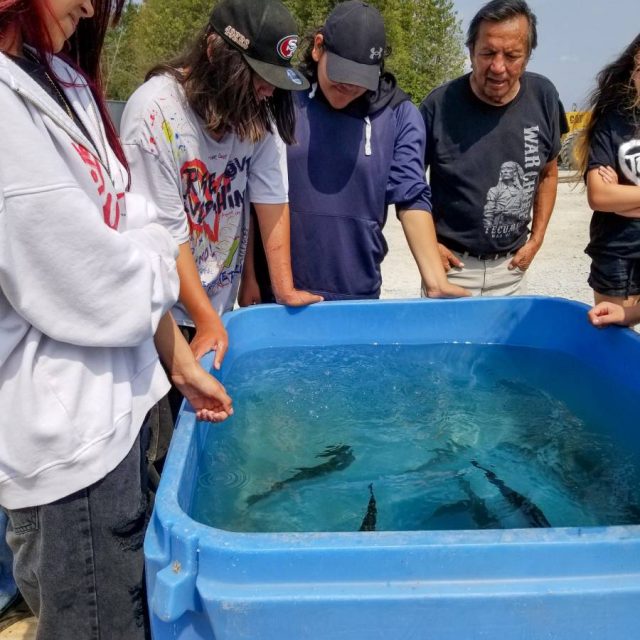
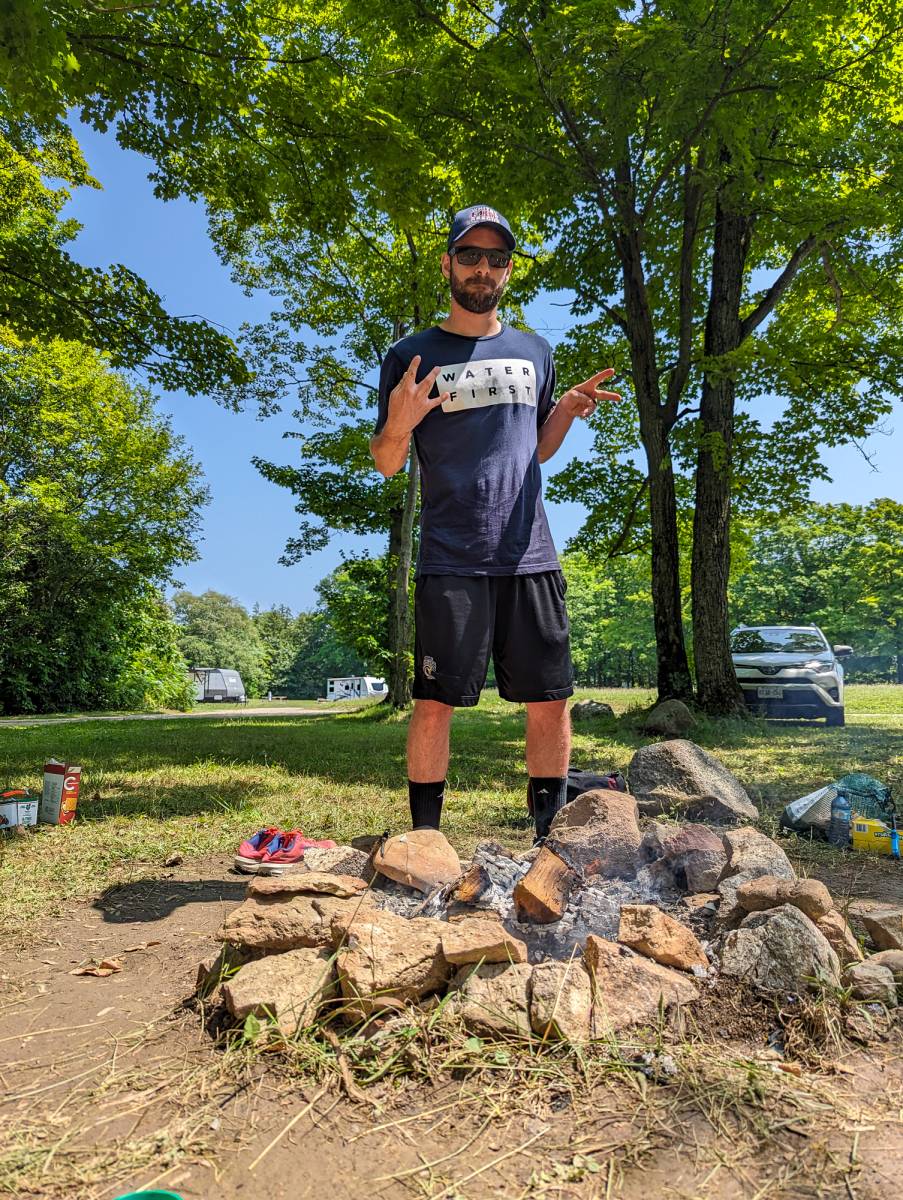
As I sailed back on the Chi-Cheemaun Ferry, watching the sun set over Lake Huron, I reflected on the whirlwind of experiences I had just been a part of.
I thought of the students I had met, the laughter we had shared, the lessons that were learned, the field trips experienced and the community’s support through it all.
But most notably I thought about how these programs were making a positive difference in young people’s lives. They were allowing students to successfully learn and grow, taking pride not only in what they had accomplished, but in who they are.
Water First has seen significant growth in requests from communities that wish to partner with us for schools programming. We are grateful to the many donors and champions who are helping to inspire the next generation of water scientists.
Our heartfelt thanks for your support!

